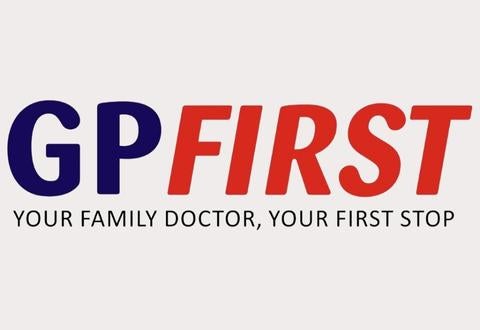Changi General Hospital will NEVER ask you to transfer money over a call. If in doubt, call the 24/7 ScamShield helpline at 1799, or visit the ScamShield website at www.scamshield.gov.sg.
Computed Tomography (CT)

What is CT?
Computed tomography (CT) is an imaging technique using advanced computer systems to generate 2D or 3D images of the internal structures your body using X-rays. Lying on a bed, the patient enters a large “donut” shaped machine and the scan is usually done in a short time.
Some conditions require CT scans with contrast, a special dye that is injected into the veins. This is for better visualisation of the organs to aid diagnosis.
The department performs a wide variety of scans ranging from brain scans, to specialised CT examination of the limbs to assess blood vessels. 3D images can be reconstructed to aid diagnosis and surgical planning. The images are interpreted and documented in a report by radiologists.
Is CT Safe?
With advances in technology, radiation doses from CT scans are kept as low as possible. Pregnant patients are generally advised to avoid CT scans due to potential risks associated with ionising radiation exposure to the developing foetus. However, CT scans may be necessary in case of emergencies.
CT scan contrast or dye is used with caution for patients who are allergic to the contrast dye or have kidney failure. Safety protocols are in place to assess the patient's suitability and the appropriate imaging type for the patient.
Examples of CT Scans
- CT colonography can be used to visualise the interior surface of the large intestine and rectum (virtual colonoscopy)
- CT coronary angiogram scan can show blockages in the coronary arteries of the heart
- CT brain scan is useful to diagnose strokes or bleedings in emergency situations
Brochures
![]() Computed Tomography Scan [ 0.56 MB | PDF ]
Computed Tomography Scan [ 0.56 MB | PDF ]
Video
What to expect during a CT colonography at CGH
View this video in other languages: Chinese | Malay | Tamil
Contact Information
Changi General Hospital, Main Building, Level B1, Radiology Department
Changi General Hospital, Integrated Building, Level 3, Diagnostic Centre
For new appointments:
(65) 6850 4843
To reschedule appointments: (65) 6789 8883
Stay Healthy With
© 2025 SingHealth Group. All Rights Reserved.


















